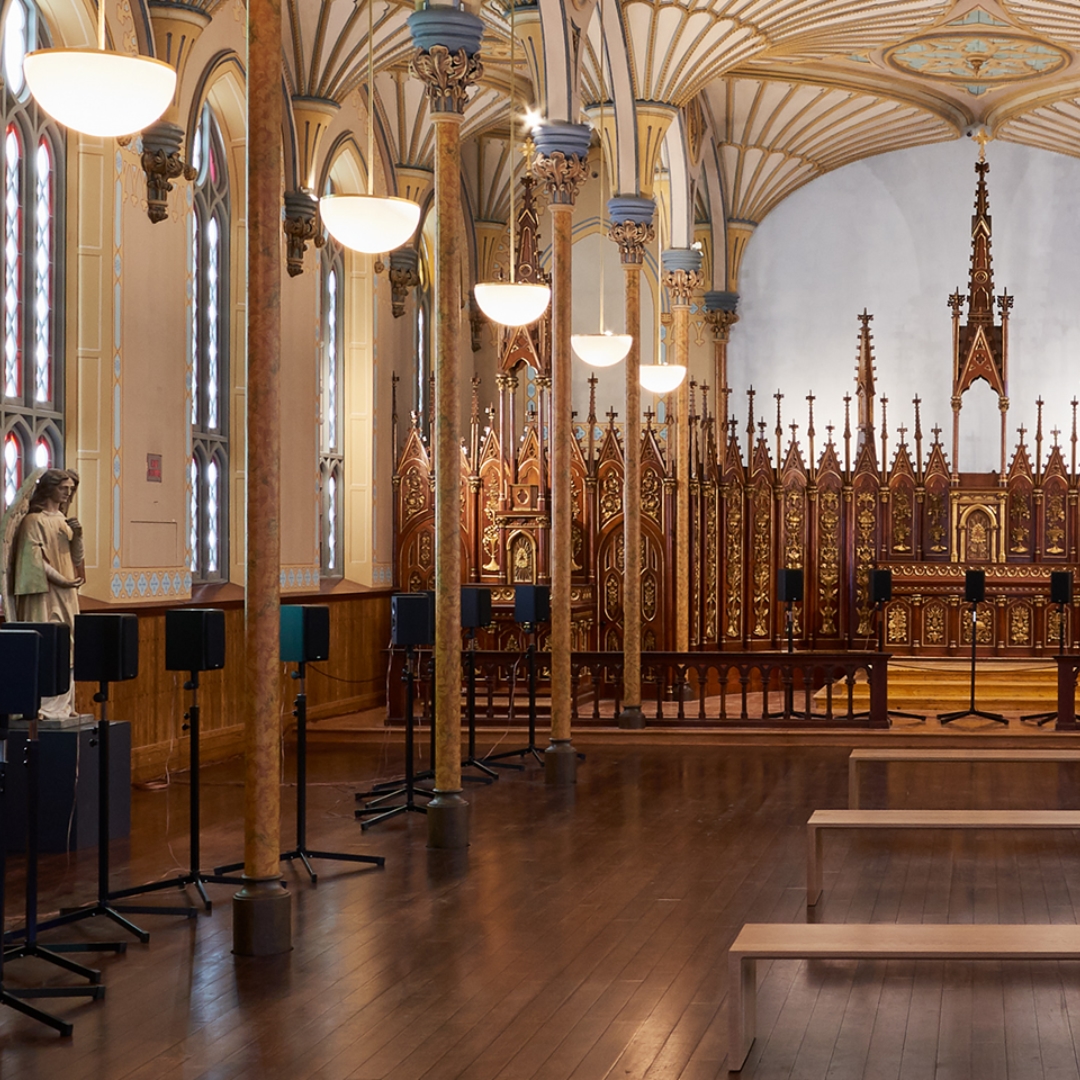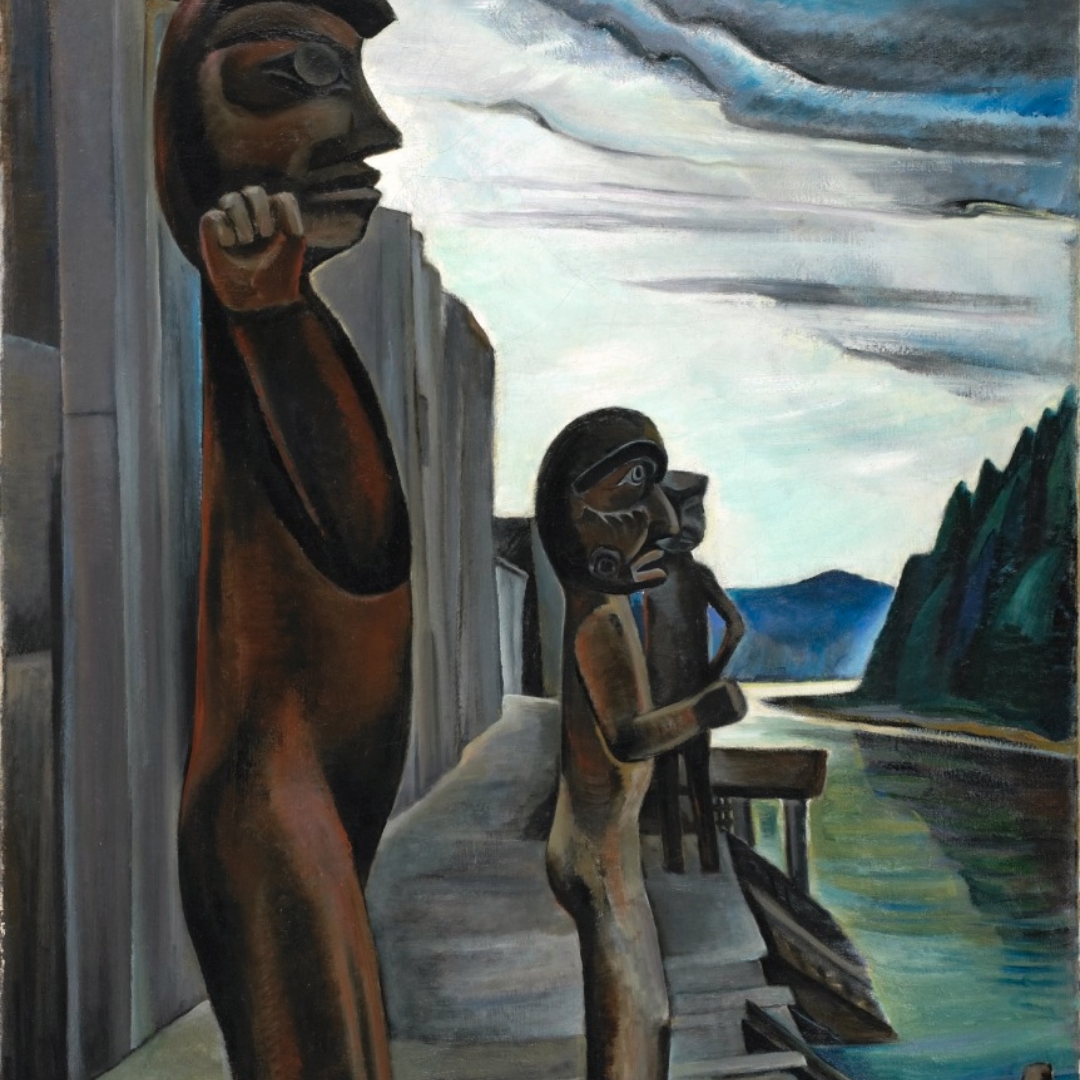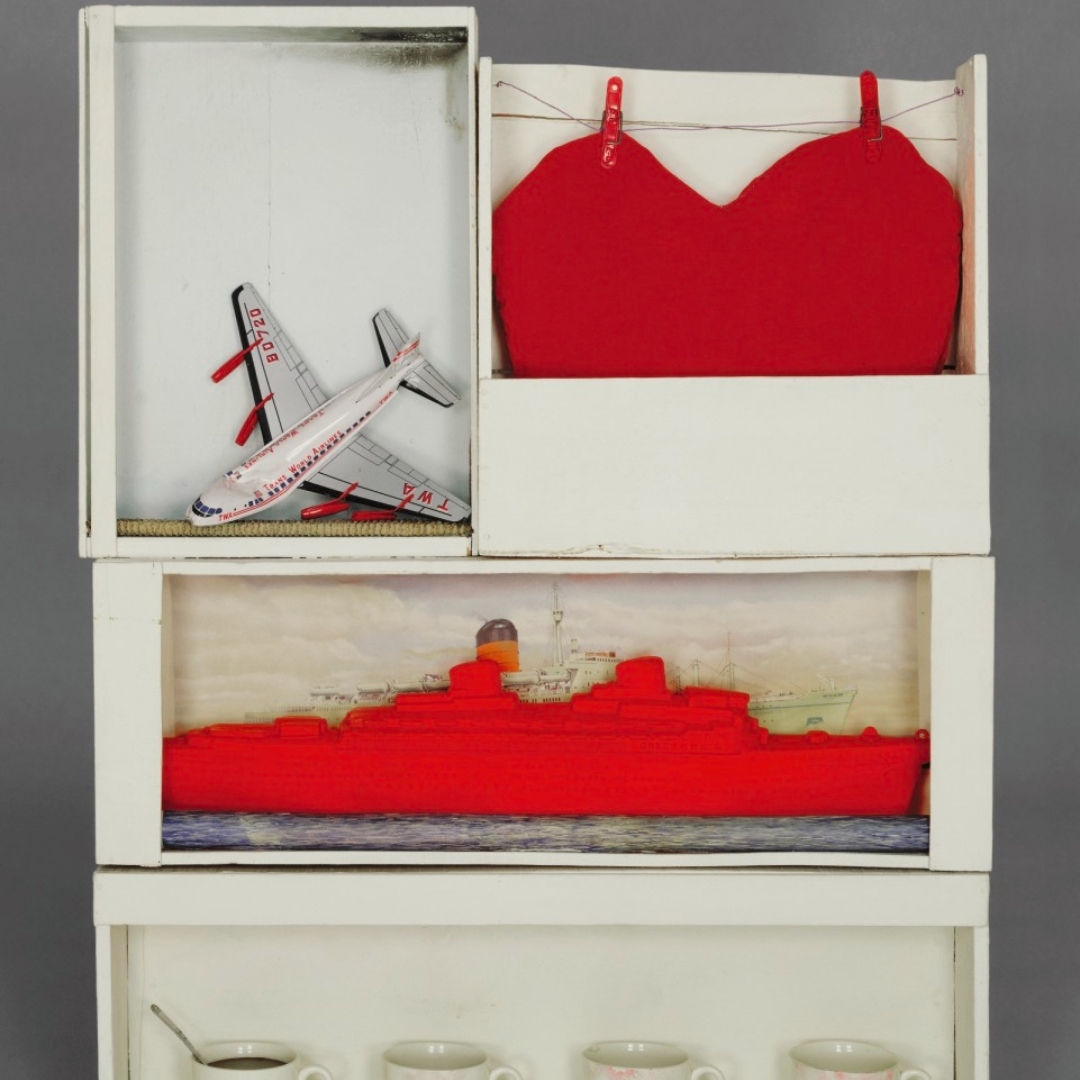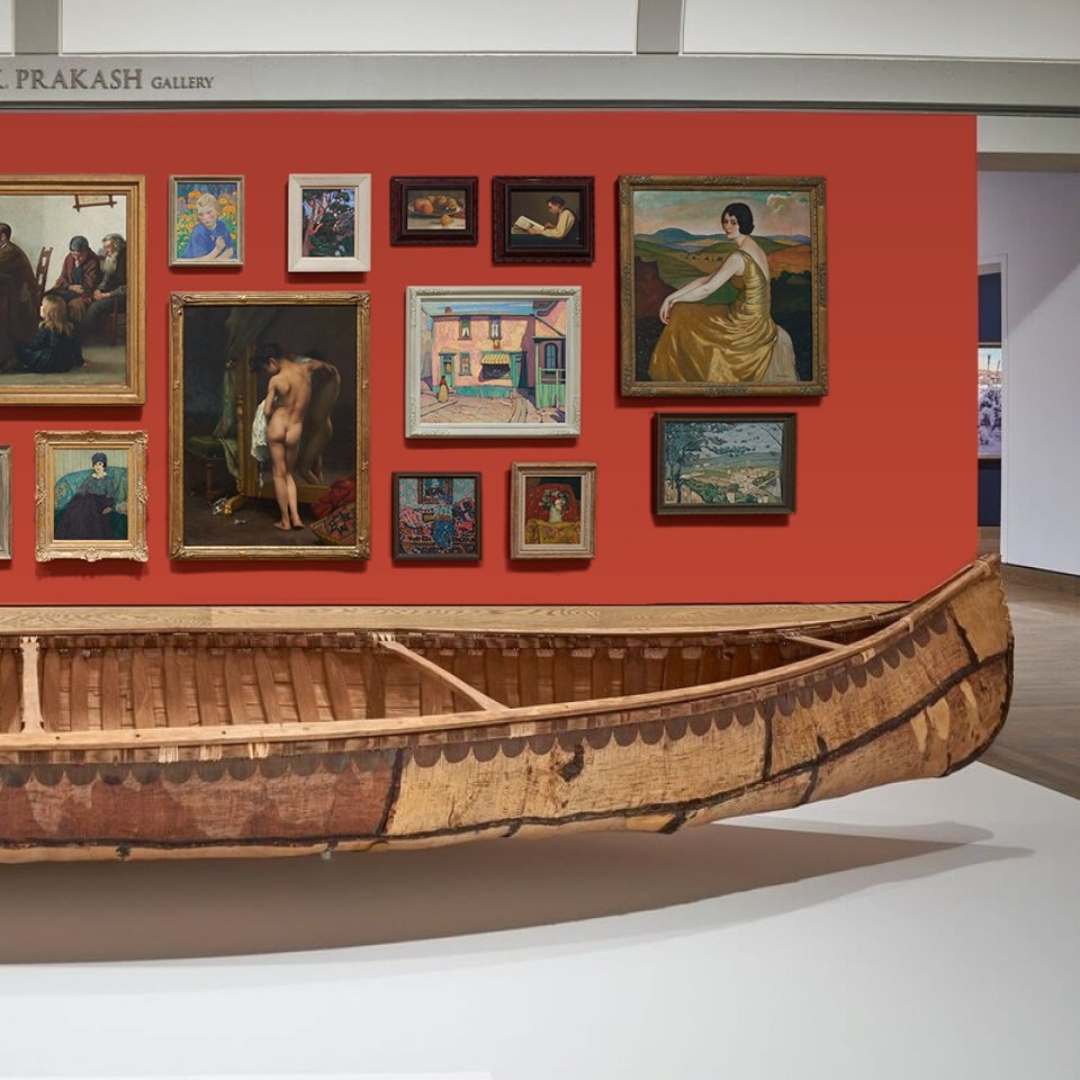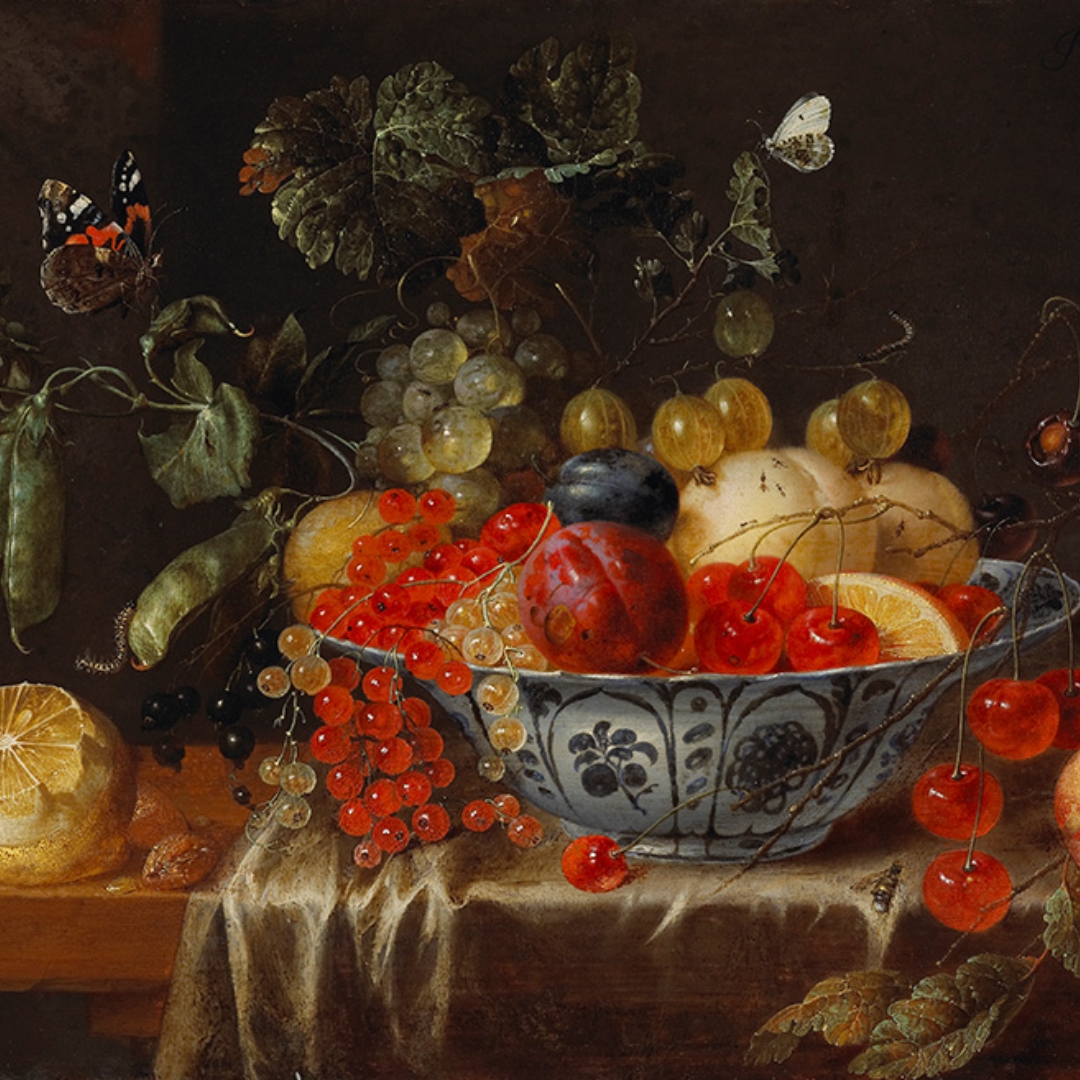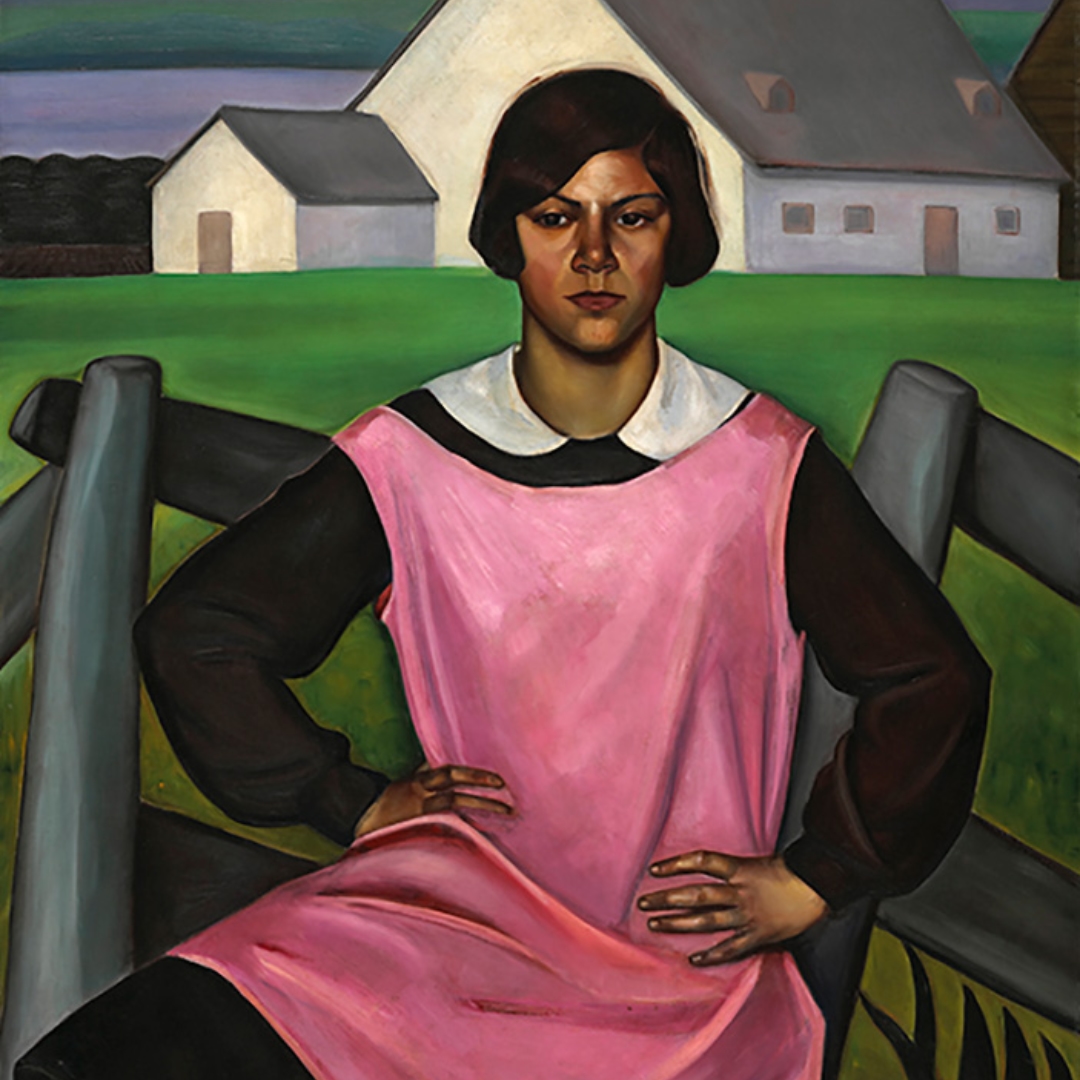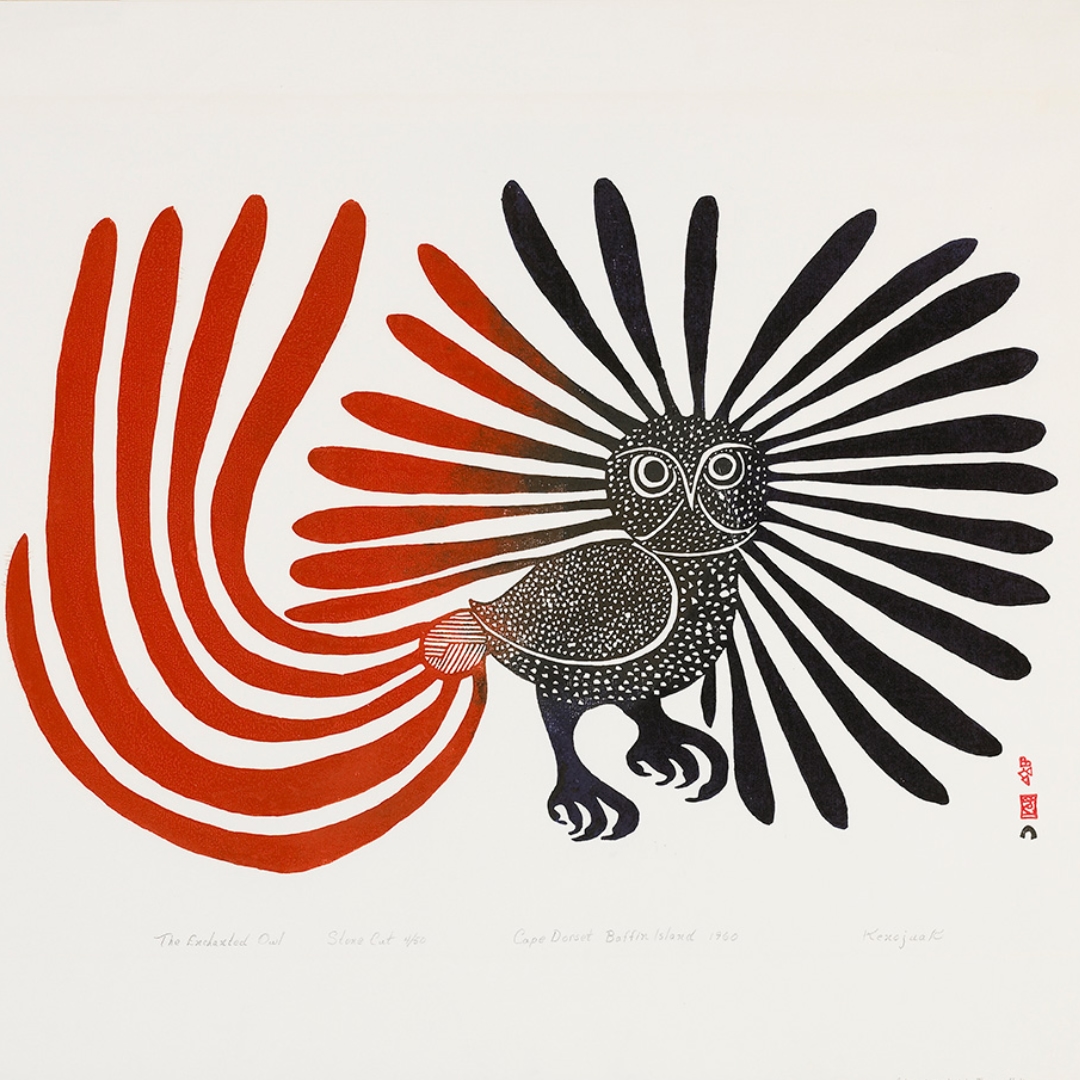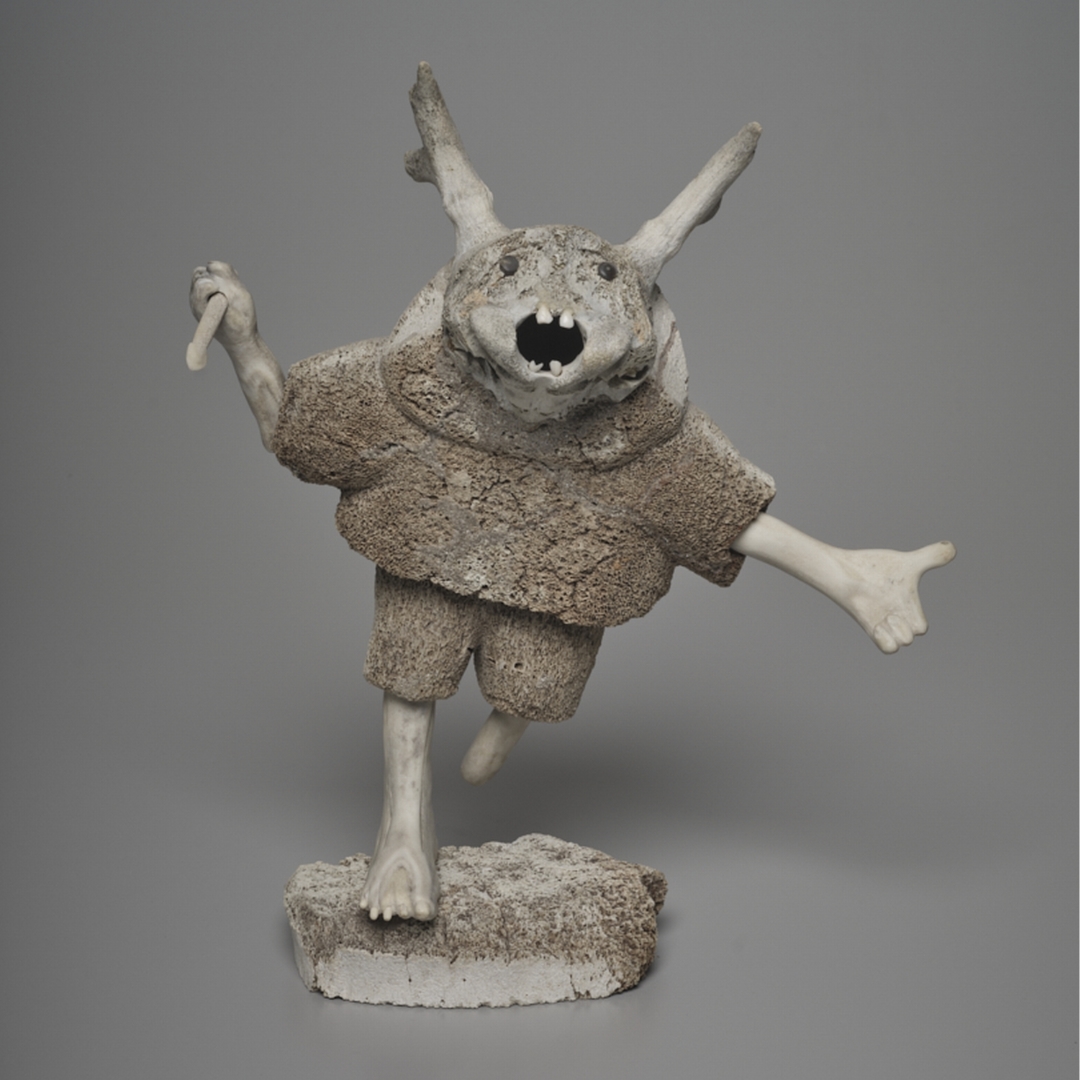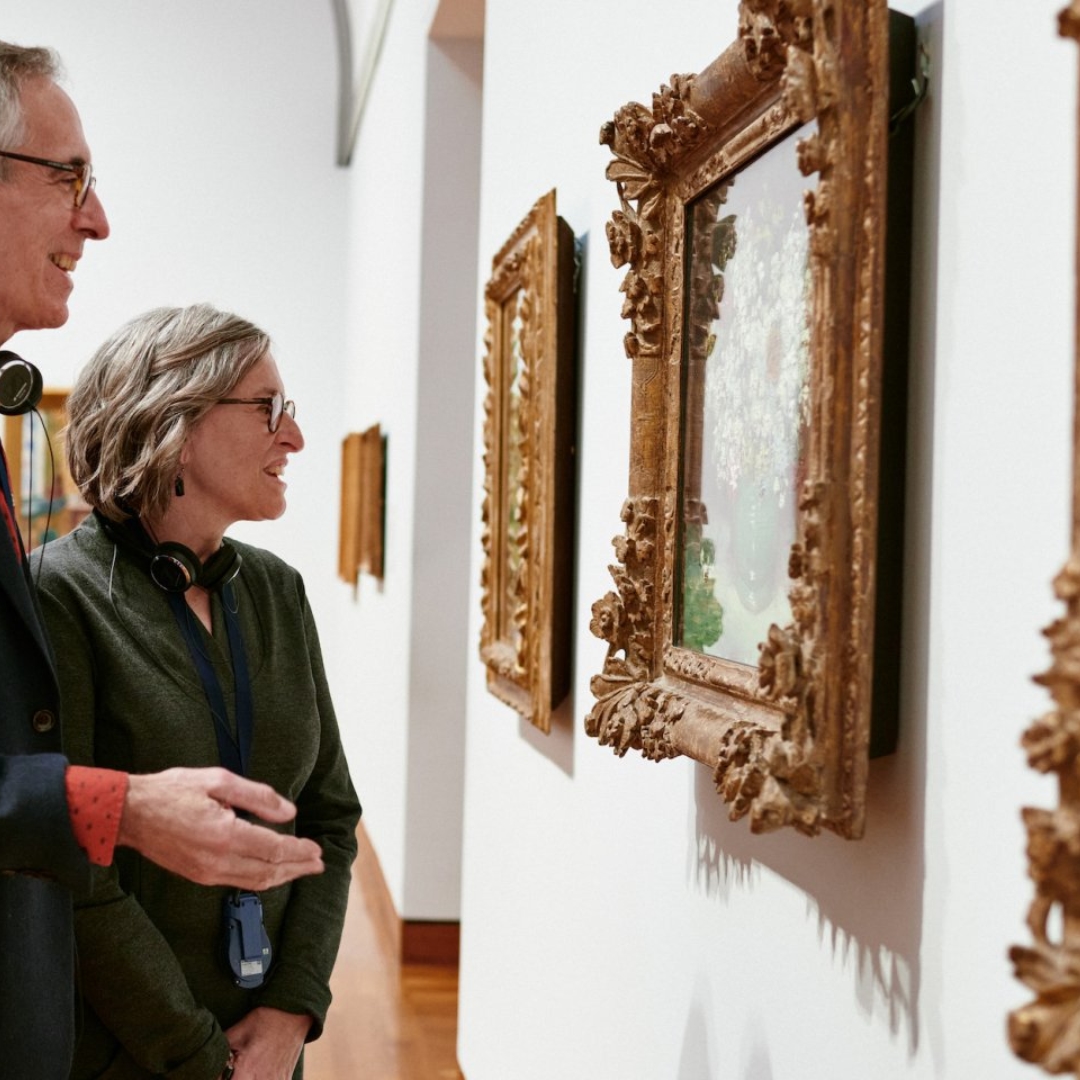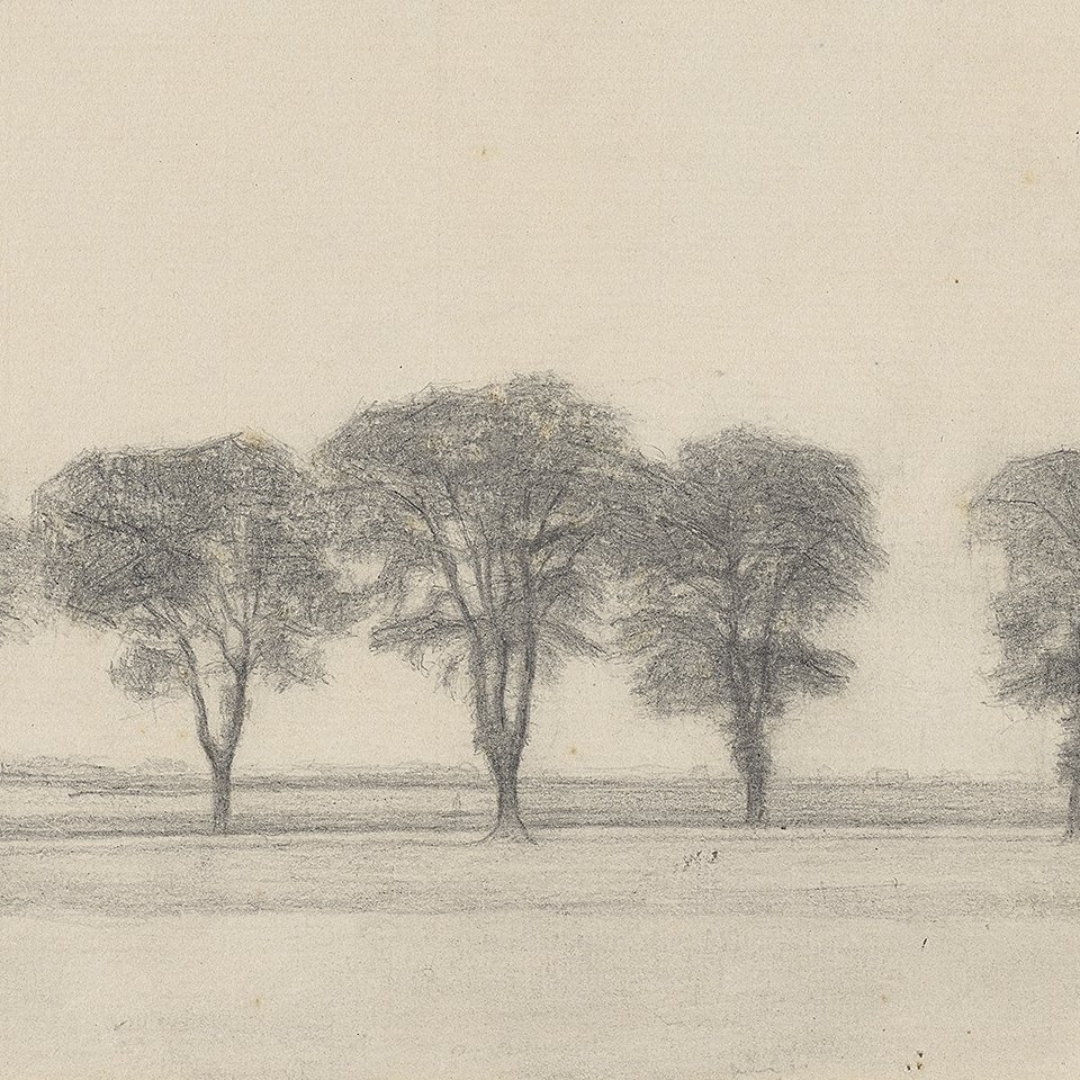National Gallery of Canada
380 Sussex Drive
Ottawa, ON, Canada
K1N 9N4
613-990-1985
1-800-319-2787
info@gallery.ca
The National Gallery of Canada in Ottawa holds the country’s most distinguished collection of Canadian and European paintings, drawings, and photography. Its origins trace back to 1880, when the Marquess of Lorne, then Governor General, encouraged the foundation of both the Royal Canadian Academy of Arts and the National Gallery. Initially a small collection of diploma works from Academy members, the Gallery grew in significance after Parliament incorporated it in 1913. With the appointment of Sir Edmund Walker as chairman and Eric Brown as director, the National Gallery began to develop an ambition to rival other national galleries in the British Empire. Walker and Brown, deeply invested in Canadian art, acquired works such as Tom Thomson’s as early as 1914, and the Gallery’s subsequent curators have built a significant collection of both historical and contemporary Canadian art, including sculpture, decorative arts, and, since the 1960s, film and video.
The Gallery’s European collection, which began in 1907, provides essential context for Canadian art, featuring works from the Middle Ages to the present. Notable acquisitions include paintings by Piero di Cosimo, Monet, Degas, Rembrandt, Rubens, and Cézanne, as well as major sculptures by Puget, Bernini, and Canova. The development of the Gallery’s prints and drawings collection, encouraged by Walker, continued under Kathleen M. Fenwick and later expanded with the establishment of a photography section in 1967. In 1978-80, significant gifts, including Indian and Tibetan sculptures and paintings, were made to the collection. The National Gallery also embraced its role as a national institution, sending exhibitions across Canada and sponsoring Canadian art abroad. Incorporated into the national museums of Canada in 1968 and becoming a crown corporation in 1990, the Gallery moved into its purpose-built home designed by Moshe Safdie in 1988.

